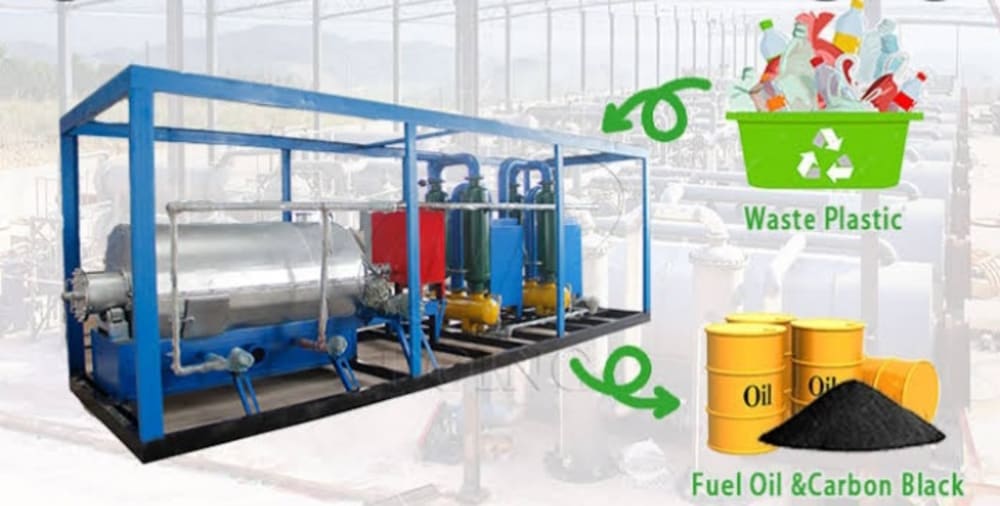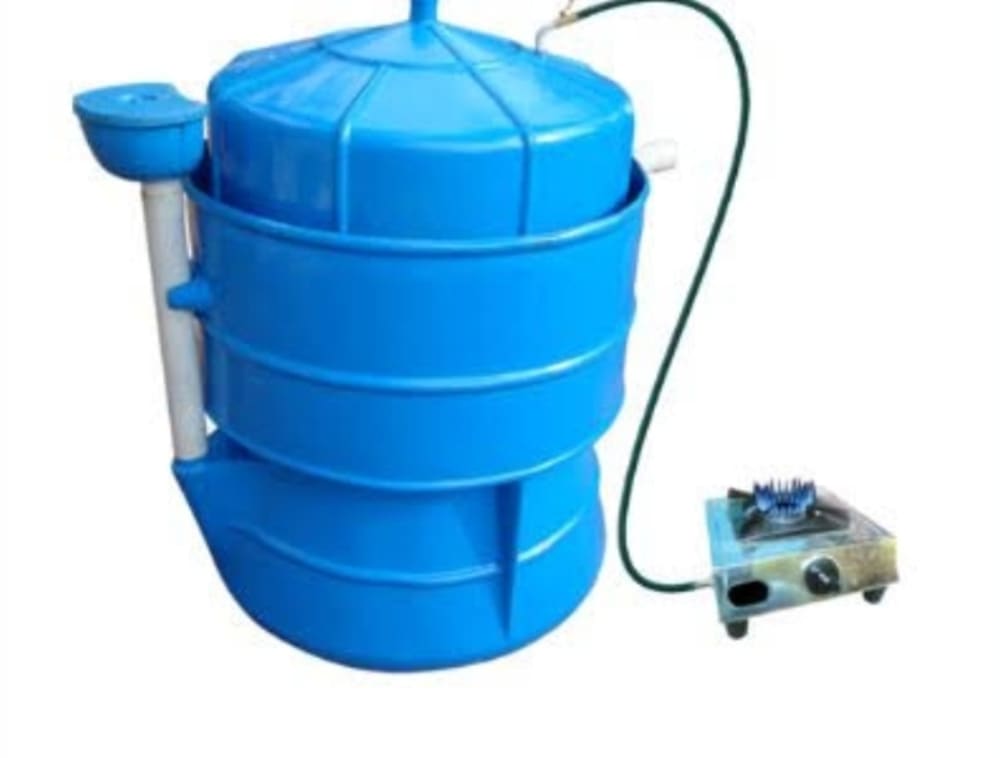A designed product that uses readily available waste (plastic and biomass) and converts them to useful biofuels thus reducing environmental pollution, global warming and climate disorder. The product is called a SMART BIOPYR SYSTEM in which the entire operation is controlled using an IoT (Internet Of Things) device that also monitors device performance, gas leakages and also give report of the amount of biofuels produced via a mobile app, and this can be controlled and monitored at any distance. The system comprises of two compartment, the PYROLYSIS and the BIODIGESTER COMPARTMENT, each having its different working principles thus producing different end. Pyrolysis is a viable thermal process for efficient and economical conversion of biomass into alternative energy in forms of solid char, liquid bio-oil, and combustible gases.
PRODUCT DESCRIPTION
COMPARTMENT A
A standard vertical tube furnace was employed for the heating of a free-fall pyrolysis reactor. The attached alumina tube coming with the furnace has an internal diameter of 0.1 m and an overall length of 1.10 m. It has a centrally heated zone of 0.20 m in length and the upper and lower nonheated sections of 0.45 m long for each section. The free-fall reactor used for the pyrolysis study, which was fabricated from a stainless steel pipe of 0.04 m I.D. and has the same length as the furnace, was inserted inside the alumina tube.
WORKING PRINCIPLES
The furnace was turned on and nitrogen gas was admitted into the reactor from the bottom and flew upward When the desired pyrolysis temperature was reached, a batch of 50 g of biomass sample was continuously fed from the top into the reactor at a rate of 0.6 g/min by a calibrated screw feeder. The char produced dropped to the bottom part of the reactor and it was collected in a solid collector. The pyrolysis vapor flew out the reactor and passed through a condenser where the liquid product and entrained solid were collected.
COMPARTMENT B
The biogas digester is made from a high-density polyethylene (HDPE) plastic. It has the following parts: the inlet chamber (feed entrance), outlet chamber (removal of digested waste), and the gas storage chamber. The inlet and outlet chambers were built with bricks and cement mortar, which were made locally out of a mixture of cement and sand. The inlet chamber was connected to the digester chamber via an inlet pipe made of 110 cm PVC pipe, inclined at an angle of 28° to the vertical, while the outlet chamber was connected using a 300 cm PVC pipe. The fabricated biogas digester was installed underground and above-ground. A four equal-sided plain wood was used as cover for the inlet and outlet chambers to prevent impurities from entering the chambers. The digester cover was made of the same HDPE plastic material that could withstand harsh environmental conditions and still maintain anaerobic condition. The slurry and gas temperature were monitored using a K-type thermocouple inserted into the digester through the cover of the digester.
Like this entry?
-
About the Entrant
- Name:Elnathan Ata Nathan
- Type of entry:individual
- Software used for this entry:Gas flow sensor + TTGO ESP32
- Patent status:pending





